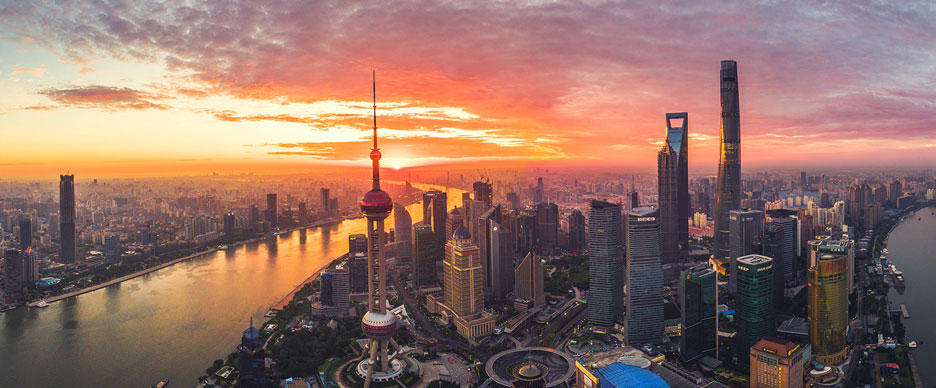China Moving Towards Being the Largest Importer of Coal
Now it is the turn of coal. Last year, China became a net importer of coal on an annual basis for the first time since reliable records have existed. Including both thermal coal, used to fire power plants and coking coal, used for steelmaking, Beijing bought 104m tonnes of the commodity, compared with net exports of as much as 80m tonnes in 2003.
The shift is helping to revive the coal industry. After decades of being marginalized in the developed world, coal is being kept afloat by the requirements of China and India on top of already vast imports elsewhere in Asia, including Japan, South Korea and Taiwan. The speed of the upturn in demand has surprised many and the industry is not best placed to cope.
Mining executives, consultants, analysts and traders say that the mining industry has being waiting for this new “China moment” to profit from a rise in prices. They agree that China will need to buy significant amounts of coking and thermal coal from overseas from now on. Furthermore, the emerging industry consensus is that China will overtake Japan as the world’s largest importer of thermal coal by the end of this year, only three years after China became a net importer of the mineral used to fire power stations.
Coal is today the basis of China’s economy, fueling over 80% of electricity generation, double the world’s average, according to IEA. The western countries’ energy watchdog forecasts that China would add 500 gigawatts of new coal-fired electricity generation capacity between now and 2020, almost double Japan’s current total power generation capacity.
Only last year, China’s coal output grew astonishingly: 28.1% from first quarter 2009 to first quarter 2010, to over 750 million metric tons consumed in just the first quarter of 2010. This is, however, a situation that is patently unsustainable—not just because of the carbon emissions it entails, but because China simply does not have enough coal to continue increasing its consumption for much longer.

